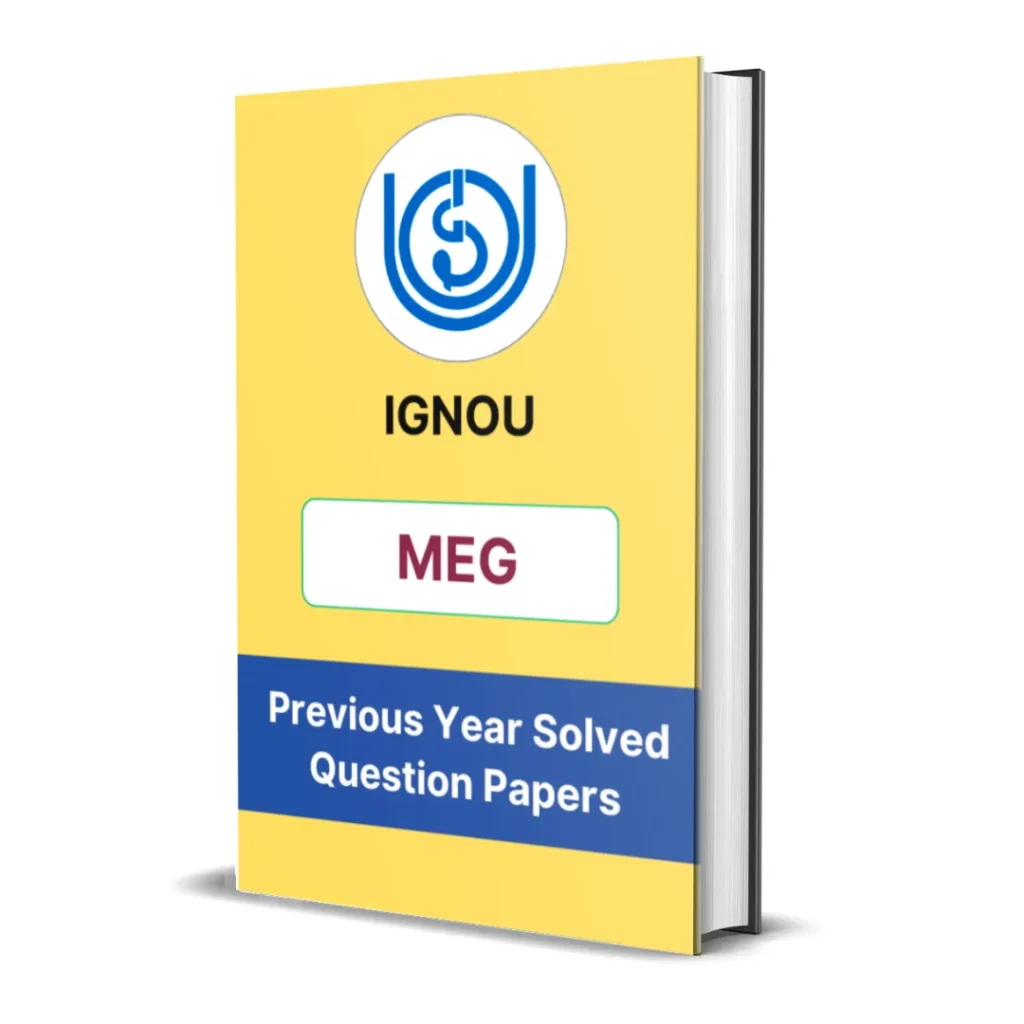MEG-15 Block 3 Summary | Comparative Indian Literature-2
- Last Updated On October 20, 2025
Table of Contents
Here you will get the detailed summary of IGNOU MEG 15 Block 3 – Comparative Indian Literature-2.
We have provided the summary of all units starting from unit 1 to unit 4.

Unit 1 – Literature in Indian Languages and the Idea of Modernity
Unit 1 of IGNOU MEG-15 Block 3 focuses on understanding how modernity emerged in Indian literature written in various regional languages. The unit explores how colonialism, nationalism, and socio-political change influenced the rise of modern sensibilities in Indian writing.
It explains that modernity in Indian literature was not merely a Western import but a complex, localized process. Writers in Bengali, Marathi, Urdu, Tamil, Hindi, and other languages interpreted modernity in their own cultural contexts — blending traditional Indian values with new ideas of individuality, rationalism, and social reform.
The unit discusses how themes such as women’s emancipation, caste oppression, and class struggle found expression in modern Indian texts. Thus, Indian modernity in literature is shown as a dialogue between tradition and innovation, reflecting the evolving consciousness of a society in transition.

Unit 2 – The Centre and Periphery
Unit 2 of IGNOU MEG-15 Block 3 focuses on examining the relationship between the centre and the periphery within Indian literary and cultural contexts. The unit discusses how dominant literary traditions (the “centre”) often overshadow marginal voices (the “periphery”)—including regional, Dalit, tribal, and women’s literatures.
It challenges the idea of a single, unified Indian literature and instead promotes a pluralistic view that values diverse linguistic and cultural expressions. The “centre” represents canonical, mainstream writings, while the “periphery” includes subaltern voices that question social hierarchies and power structures.
Through this comparative lens, the unit encourages readers to recognize that peripheral literatures are not marginal in creativity or importance; rather, they offer alternative perspectives that enrich our understanding of Indian society. It highlights the need to decolonize and democratize literary studies in India.

Unit 3 – Choma’s Drum
Unit 3 of IGNOU MEG-15 Block 3 focuses on analyzing Girish Karnad’s play Choma’s Drum (Chomana Dudi), a powerful Kannada work that portrays the life of an oppressed Dalit farmer, Choma. The play serves as a case study in comparative Indian literature, illustrating themes of caste discrimination, social injustice, and human dignity.
The unit discusses how Choma’s struggle to own land and assert his individuality reflects broader issues of exclusion and marginalization in Indian society. His drum becomes a potent symbol of both resistance and isolation — expressing his identity and protest against a society that denies him equality.
By comparing Choma’s Drum with other regional or national texts dealing with caste and oppression, the unit highlights how different Indian literatures share similar social concerns despite linguistic and regional variations. It also underscores the humanistic depth and realism in Karnad’s portrayal of subaltern life.
Unit 4 – Godaan
Unit 4 of IGNOU MEG-15 Block 3 focuses on studying Munshi Premchand’s novel Godaan, one of the most significant works of modern Hindi literature. The unit interprets the novel as a reflection of the socio-economic conditions of rural India during the colonial period.
Godaan centers on the life of Hori, a poor peasant who dreams of owning a cow — a symbol of both religious virtue and economic stability. Through Hori’s tragic struggle, Premchand exposes the exploitation, poverty, and moral decay of a society trapped in class and caste hierarchies.
The unit places Godaan in dialogue with other Indian literary works that depict agrarian life, social injustice, and the conflict between tradition and modernity. It emphasizes Premchand’s realist style and reformist vision, showing how his writing resonates with broader Indian themes of suffering, resilience, and the quest for dignity.